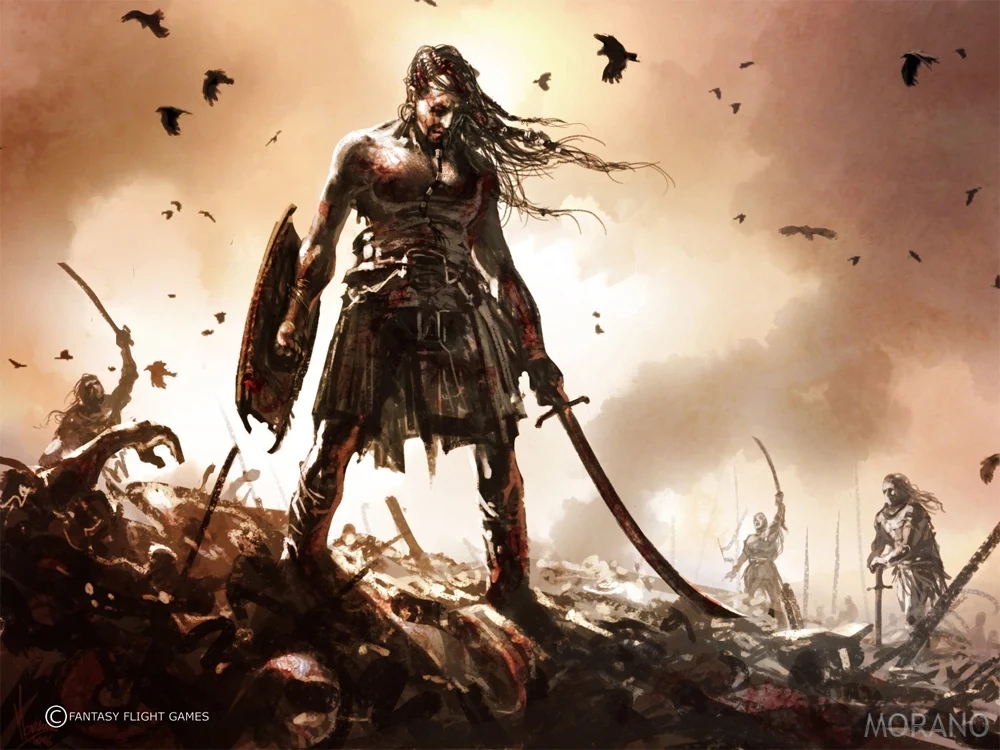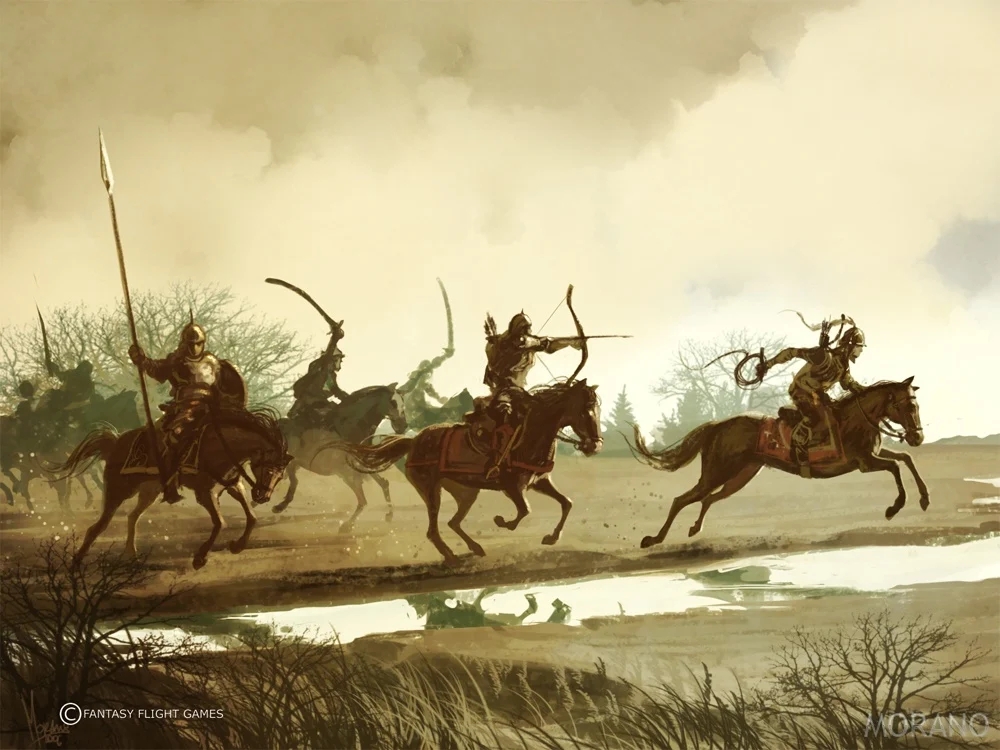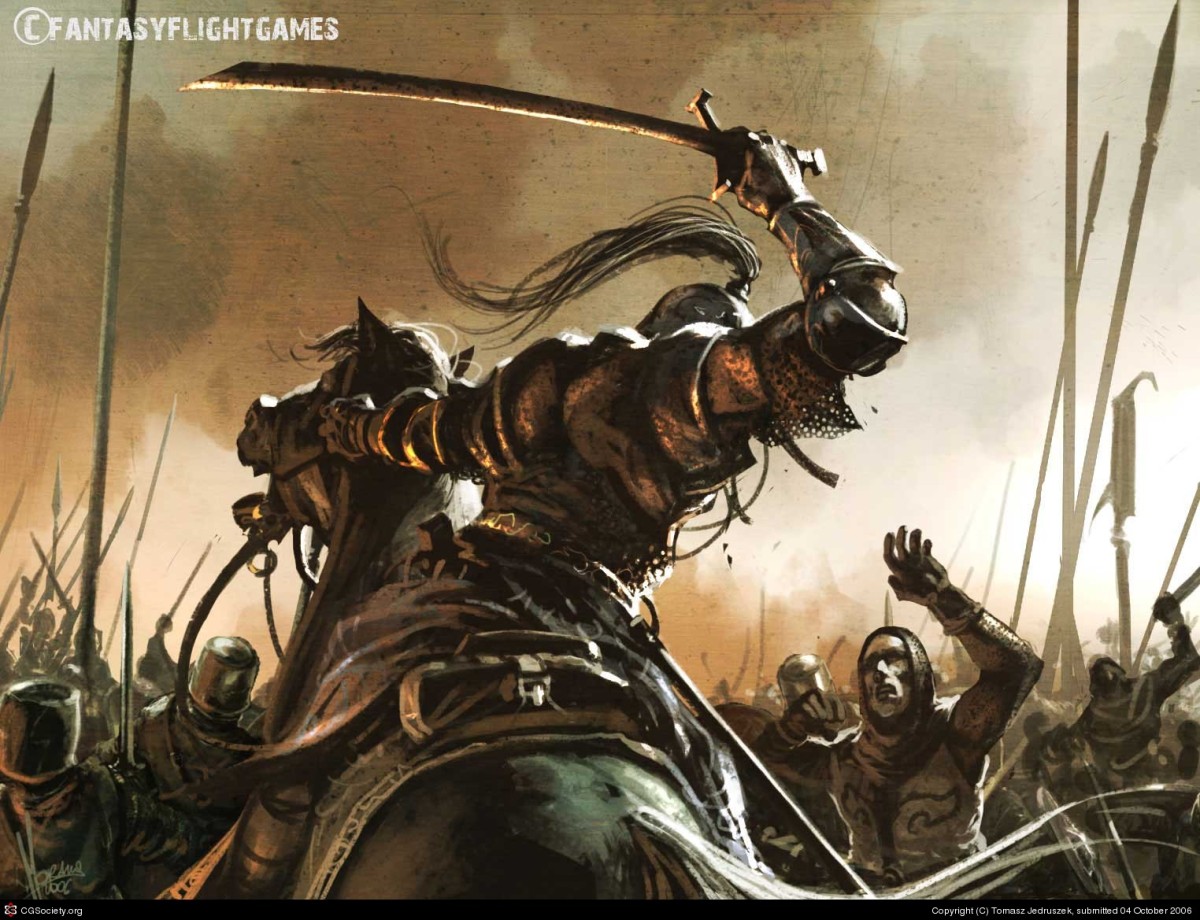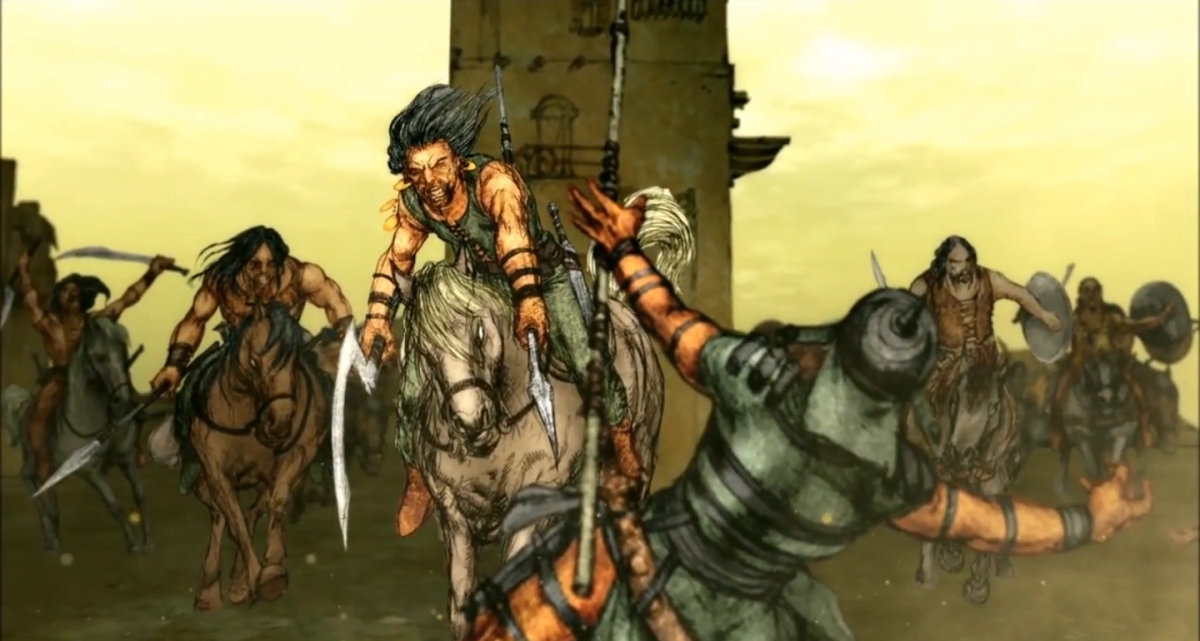Aldarion
 Archmage
Archmage
So I have had discussions about Dothraki over at ASoIaF forum, and decided to write an article about Dothraki army. And then I kept writing. And kept writing, until I ended up with a four-part series.
Here be the Part 1 of series about our favorite lobotomized horse nomads:

 warfantasy.wordpress.com
warfantasy.wordpress.com
Here be the Part 1 of series about our favorite lobotomized horse nomads:

Fantasy Army: Dothraki, Part 1: Organization, Logistics, Strategy
Dothraki are the local Essosi nomads from A Song of Ice and Fire book and A Game of Thrones TV series. They are one of the most prominent groups in Essos, and are the local to-go horse nomads. Whil…
 warfantasy.wordpress.com
warfantasy.wordpress.com
Dothraki are the local Essosi nomads from A Song of Ice and Fire book and A Game of Thrones TV series. They are one of the most prominent groups in Essos, and are the local to-go horse nomads. While Martin claims that they are an “amalgman of a number of steppe and plains cultures”, discussions about their military capability mostly focus on two specific models: the Huns and the Mongols, and more often the latter.
But how good of nomadic army Dothraki really are? I will be addressing this question in four parts.
Historical Model
In an interview (available on Youtube here), George Martin had stated that he has based Dothraki on “a number of influences from the horse tribes from the Eurasian steppes. Certainly there is a lot of Mongols in them, but they are not purely the Mongols, I added some sort of material about the Huns, there is some material there that I took from Amerindian tribes such as the Sioux and the Cheyenne, the horse tribes of the Great American Praeries. And there is a certain amount that is pure fantasy – you know, where you have a little fun, and you mix all this stuff together, you come up with a thing and then you add few fantasy twists on it… Because this is after all, a fantasy series.”.
This is repeated nearly word-for-word in So Spake Martin: “The Dothraki were actually fashioned as an amalgam of a number of steppe and plains cultures… Mongols and Huns, certainly, but also Alans, Sioux, Cheyenne, and various other Amerindian tribes… seasoned with a dash of pure fantasy. So any resemblance to Arabs or Turks is coincidental. Well, except to the extent that the Turks were also originally horsemen of the steppes, not unlike the Alans, Huns, and the rest.
There do exist many other cultures and civilizations in my world, to be sure. The peoples of Yi Ti have been mentioned, as have the Jogos Nhai. I am not sure to what extent those peoples will ever enter this present story, however… their lands are very far away.
(I also have peoples and tribes that are pure fantasy constructs, like the Qartheen and the brindled men of Sothoryos).
In general, though, while I do draw inspiration from history, I try to avoid direct one-for-one transplants, whether of individuals or of entire cultures. Just as it not correct to say that Robert was Henry VIII or Edward IV, it would not be correct to say that the Dothraki are Mongols.”
But as will become obvious later, Dothraki are absolutely nothing like the Eurasian nomads, especially the Mongols. Even the American Indians would likely feel insulted by comparison of their own tactics and military capabilites to those of Dothraki. There is not a “certain amount that is pure fantasy” – Dothraki are, in fact, nearly 100% pure fantasy, are are very different from (and inferior compared to) any and all of their “historical inspirations”.
User Craving Peaches from A Song of Ice and Fire forum has noted that Dothraki are possibly based on the Sea Peoples that had destroyed the Hittite Empire and had also attacked Egypt. They would rape, pillage and burn, never building anything, and were likely unarmored or only lightly armored. Sarnori themselves are a good parallel to Hittites as they utilized chariots and were also very prone to infighting.
But since claims about capabilities of the Dothraki are usually based on their alleged Mongol and, to a lesser extent, Hunnic inspiration, this is what I will be focusing on.

 Istar
Istar


